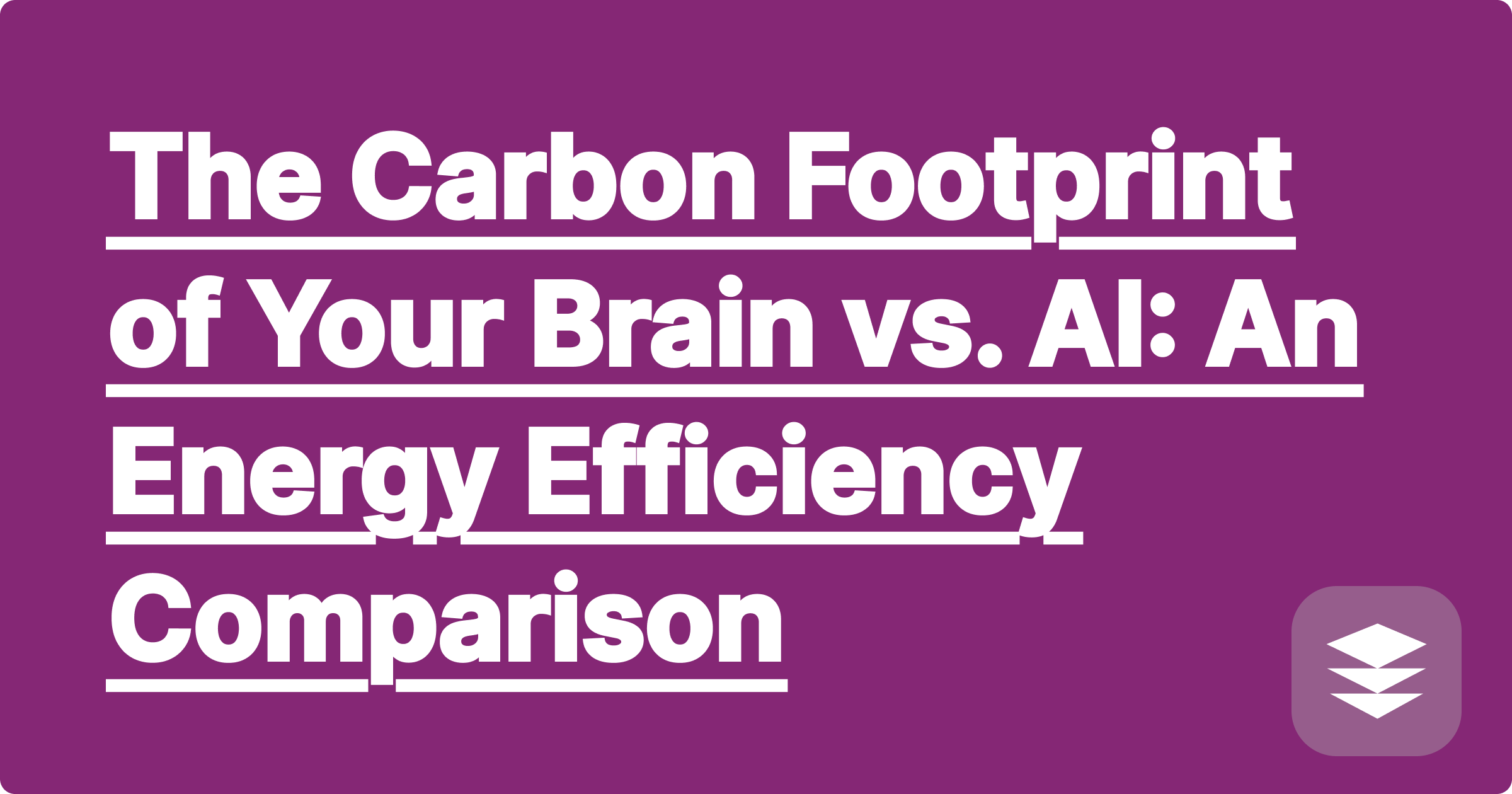
You're pulling an all-nighter for a final exam. You're fueled by coffee and determination. Have you ever stopped to think about the energy you're consuming? Not just the electricity for your lamp, but the actual biological energy your brain is burning to process all that information. The brain, despite being only about 2% of our body weight, consumes a staggering 20% of our body's energy. This cognitive energy consumption is a real metabolic cost.
Let's imagine a tough, 10-hour study session for a calculus final. A student might burn hundreds of extra calories just from the intense mental effort. Now, let's consider the alternative: using an AI assistant to achieve the same result. What is the ai energy efficiency for the same task? It's a fascinating comparison that reveals a lot about the future of work and learning.
Let's break down the 10-hour manual study session:
Now, let's give the same tasks to the GPAI Suite:
[Image: A split-screen graphic. On the left, a stressed student with a "low battery" icon over their head. On the right, a calm server rack with a "full battery" icon. Alt-text: A comparison of human cognitive energy consumption vs. AI energy efficiency.]
The AI workflow accomplishes the same academic goal—being prepared for the exam—in about a quarter of the time and for a vanishingly small energy cost. The student is less stressed, better-rested, and has saved over 7 hours of their day. This isn't just about saving time; it's about saving your most precious resource: your own mental and physical energy.
This thought experiment highlights a key truth for the 21st century: "hard work" is no longer just about the hours you put in. It's about intelligently allocating your finite human energy to the tasks that require it most—creativity, critical thinking, and high-level strategy. The tedious, repetitive, and computationally heavy tasks should be delegated to our incredibly energy-efficient silicon partners.
A: Data centers do consume a significant amount of energy overall. However, the energy cost per calculation is extraordinarily low. An AI completing your math homework uses far less energy than brewing a cup of coffee. The efficiency comes from the massive parallel processing power of modern GPUs.
A: No, the goal is to use our brains better. By letting AI handle the low-level cognitive "busywork," you free up your brain's energy for higher-level tasks like synthesizing new ideas, asking creative questions, and making connections—the things that AI can't do for you.
Your brainpower is finite. In an increasingly complex world, learning how to manage your cognitive energy is a critical life skill. By strategically using AI to automate the heavy lifting of your academic life, you're not being lazy—you're being energy efficient.
[Start studying with maximum energy efficiency. Let GPAI handle the heavy lifting. Sign up for 100 free credits.]
What if Newton Had an AI? How 'Principia Mathematica' Could Be Written in a Week
Could You Run a Simulated Mars Colony Using an Engineering AI Solver?
Teach Me Poker': Can Game Theory AI Explain Winning Strategies?
What if Your Entire Degree Was an Open-Book Exam? How to Prepare with AI.
Re-writing History: What if the Titanic Was Designed with FEA and AI?
The Psychology of the 'Humanizer': Why We Trust 'Natural' Language More
A Day in the Life of a GPAI Engineer: The Problems We Solve for You
We Fed Our AI the Toughest 'Unsolvable' Math Problems. Here's What It Did.
The Carbon Footprint of Your Brain vs. AI: An Energy Efficiency Comparison
Bad Handwriting' Hall of Fame: Can Our AI Read Your Professor's Scrawl?